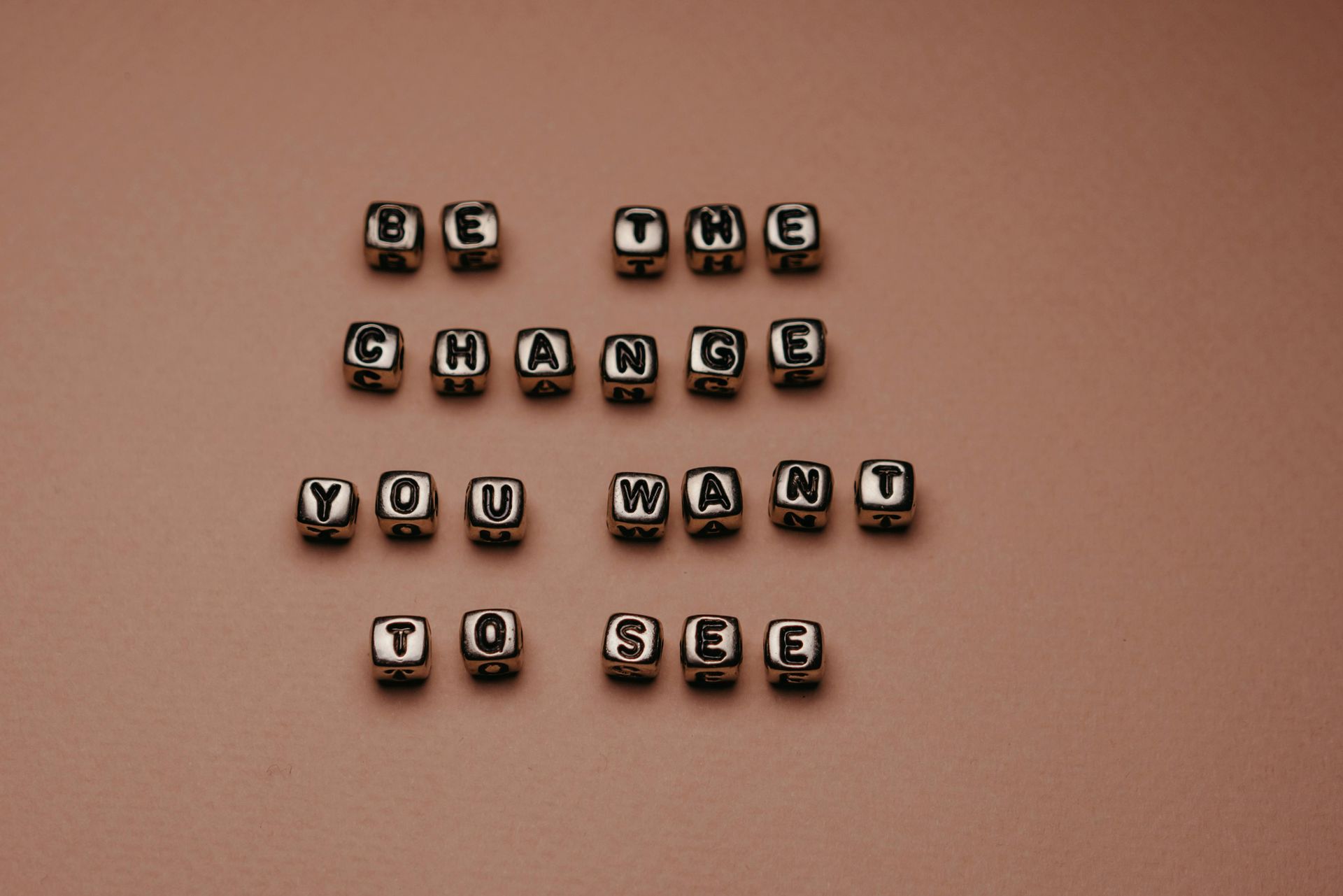The Strengths Studio Blog
Depersonalizing Conflict: How Strengths Help Us Navigate Tension
Conflict isn’t a sign that something is broken - it’s often a sign that something matters. When values, timelines, or communication styles collide, tension surfaces. And in those moments, our natural instinct is to personalize it: They don’t respect me. They’re difficult. They’re doing this on purpose.
But what if tension isn’t personal - it’s just information? A signal that different strengths, perspectives, needs, or values are rubbing up against each other. That friction doesn’t mean something is wrong; it simply reveals where perspectives differ and creates an opportunity to explore those differences with curiosity. When we view conflict through a strengths-based lens, we can shift the focus and begin to depersonalize it - moving beyond assumptions and toward awareness of the strengths at play.
Seeing Strengths, Not Sides
Every behavior we see, even the ones that frustrate us, often comes from a place of strength. Consider someone who seems to dominate the conversation - they might lead with Command or Communication, both Influencing themes, simply trying to bring clarity. Or someone who hesitates to make a decision might be leaning on Deliberative, an Executing theme, carefully assessing potential risks before moving forward. When we interpret behaviors through the lens of strengths, we stop assuming intent and taking it personally. We can see the strength behind the action, not just the impact we experience, and we can create space for shared understanding.
Team Dynamics and Composition
Just as individual awareness builds understanding, team awareness builds connection and can shape how conflict unfolds. Teams rich in Strategic Thinking talents may lean into debate and ideation - exploring multiple perspectives before acting. Teams strong in Relationship Building themes may prioritize harmony, sometimes hesitating to initiate difficult conversations when they’re most needed. Acknowledging these patterns helps teams anticipate friction and channel it productively, creating space for more balanced dialogue.
Strengths Tip: One powerful practice is to name the strength behind a concern. For example, saying “My Achiever is worried about the timeline” or “My Responsibility is uneasy about missing a commitment” shifts the conversation from blame to context. It signals that feedback or tension comes from a place of care, not criticism, and helps everyone stay curious rather than defensive.
Balancing Perspectives
The more we understand the strengths at play, the easier it becomes to see that two people can experience the same situation differently and both can be right.
Conflict resolution isn’t about winning or convincing; it’s about understanding. It’s the practice of balancing perspectives so that difference becomes dialogue instead of division.
It’s recognition that it’s possible to hold two truths at once. For example, we might notice moments where our values or approaches seem to pull in different directions, but it doesn’t have to be either/or. It can be both/and:
- I can value efficiency and still make space for inclusion.
- I can be direct and still show compassion.
- I can stand firm on my values and still remain open to others.
When we shift from either/or to both/and, we move from judgment to understanding and reclaim connection, even in disagreement. Understanding is the first step; applying it is the next. Turning awareness into action takes practice, and it often begins with small, intentional shifts in how we show up.
The Practice of Depersonalizing Conflict
None of this happens overnight. Learning to depersonalize conflict is ongoing work built on patience, understanding, and repetition. Depersonalizing conflict also means recognizing which strengths come naturally to us and which don’t. Our lesser themes can shape how we enter conflict just as much as our dominant ones.
For some, direct confrontation feels comfortable; for others, it takes intention and preparation. Knowing where our instincts lie allows us to navigate tension with more grace and self-awareness.
Each time we pause, lean into our individual and collective strengths, or balance perspectives, we strengthen both trust and emotional agility. We begin to recognize that not every moment requires discussion. Some situations call for self-adjustment, while others invite dialogue to move forward productively. Over time, what once felt like friction starts to flow.
From Friction to Flow
While strengths won’t eliminate conflict, they can help us navigate it more gracefully. They give us language to describe what’s happening beneath the surface - helping us move from friction to flow - and from defensiveness to understanding. Conflict doesn’t have to divide us.
With awareness, curiosity, and a strengths-based mindset, it can actually draw us closer to clarity, trust, and growth. When we name the strengths at play, conflict becomes conversation and conversation becomes connection and opportunity to work together toward shared goals.
That’s the work of strengths in motion: transforming tension into trust, and friction into flow.










